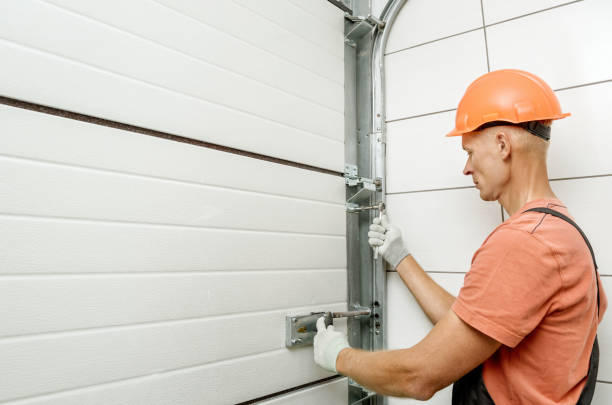
Insulation protects a home from heat, humidity, and sharp temperature changes. In Houston, harsh summers and mild winters make quality insulation essential for comfort and energy control. When materials weaken, the house loses efficiency and balance. Clear warning signs reveal when a revival becomes necessary.
Before beginning any update, homeowners must understand cost and value. By understanding Houston’s insulation pricing, families can plan projects with accurate expectations. Reviewing material options and labor costs helps them make sound financial choices. Careful preparation ensures lasting comfort and dependable performance in every season.
Uneven Temperatures Across Rooms
A well-insulated home maintains a steady air temperature in all rooms. If one space feels cool while another stays warm, air is escaping through the walls or ceilings. Thin insulation allows heat to enter or exit freely. This imbalance forces HVAC systems to work harder and increases utility bills.
Attics and crawl spaces lose energy faster than most areas of the home. Gaps or worn material cause these sections to become weak points. Restoring proper insulation in these spaces reestablishes comfort and lowers long-term costs.
Higher Energy Bills Without Clear Cause
When energy costs climb for no visible reason, insulation failure could be the cause. Poor sealing allows air loss, which leads to longer HVAC run times. Energy waste continues until materials are replaced or reinforced. Each month of delay increases household expenses.
Homeowners who focus on understanding Houston’s insulation pricing gain better control over project planning. Comparing professional estimates reveals where quality and cost align. The return appears quickly through lower bills and stronger indoor comfort.
Noticeable Drafts and Air Movement
Air movement near doors, windows, or outlets signals insulation loss. Unsealed spaces allow warm air to enter and cool air to escape. In Houston, this problem reduces comfort during extreme heat and increases humidity indoors. Weak barriers make it difficult to maintain a stable indoor climate.
Replacing the old setup and sealing gaps restores temperature balance. Once air movement stops, the HVAC system performs more efficiently. Homeowners experience improved comfort and a quieter indoor environment.
Increased Noise from Outdoors
Poor insulation lets sound pass through walls and ceilings easily. Traffic, construction, and neighborhood activity become loud distractions. When noise feels intrusive, it often points to a setup that has degraded or settled. Sound travels quickly through thin or compacted materials. High-density options absorb and block outside noise. Stronger materials provide both peace and thermal protection. A quiet home reflects insulation that performs as intended.
Moisture and Condensation Inside Walls
Houston’s climate brings high humidity that exposes weaknesses in insulation. Damp areas on ceilings or walls show where warm and cool air meet. This mix leads to condensation, which promotes mold growth and damage. Unchecked moisture also weakens wood and drywall.
Moisture-resistant insulation forms a barrier against humid air. Closed-cell foam and rigid boards prevent water absorption and protect surfaces. A dry structure lasts longer and keeps indoor air cleaner.
Houston homes rely on insulation to guard against heat, noise, and moisture. Drafts, uneven temperatures, and high energy costs show when the material can no longer perform. By understanding Houston’s insulation pricing, homeowners can choose upgrades that match both comfort and budget. Replacing the old setup strengthens the home, reduces costs, and creates a stable indoor climate for years ahead.
